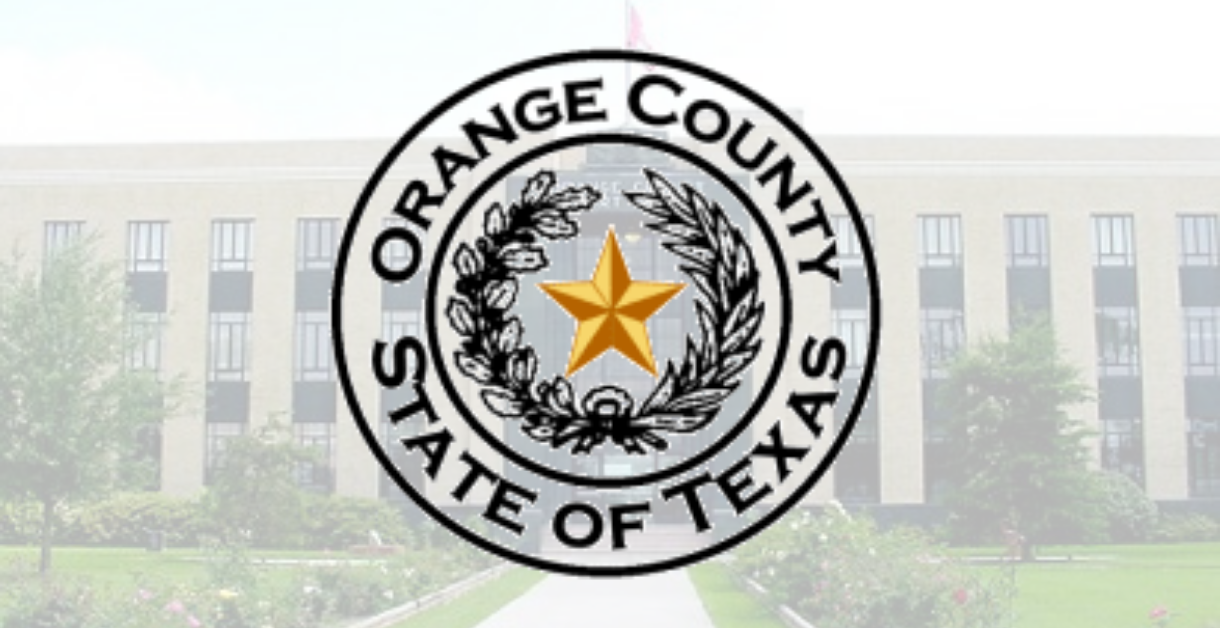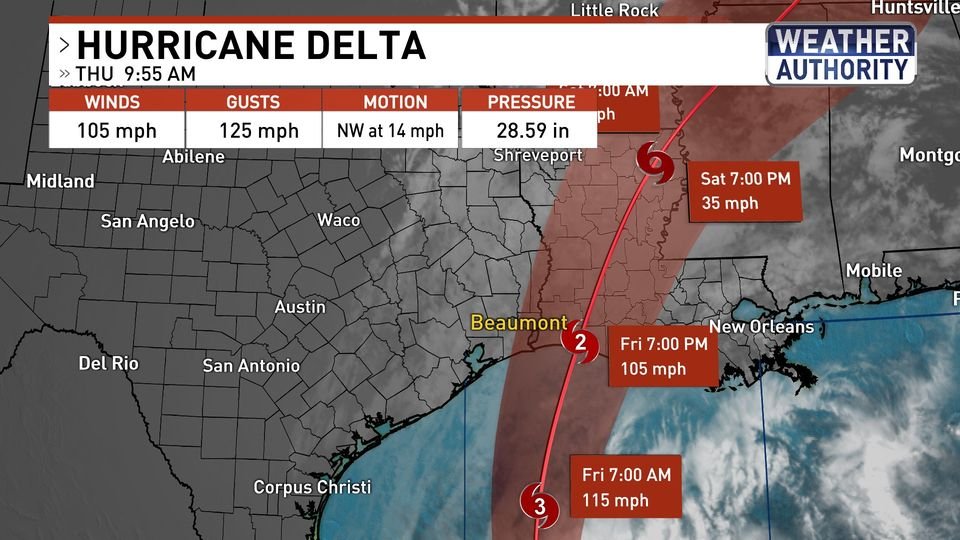School Closures Announced Due to Hurricane Delta
The following Orange County schools have announced closures for Friday, October 9, due to impending Hurricane Delta:
- West Orange Cove ISD ( All after school events and extracurricular activities for Thursday and Friday have been canceled. The varsity football game against Silsbee has been rescheduled for Saturday, 10/10, at 7:30 pm.)
- Orangefield ISD
- Bridge City ISD
- LCM ISD
- Vidor ISD (also closed Monday)
- Community Christian School
- Lamar State College Orange





